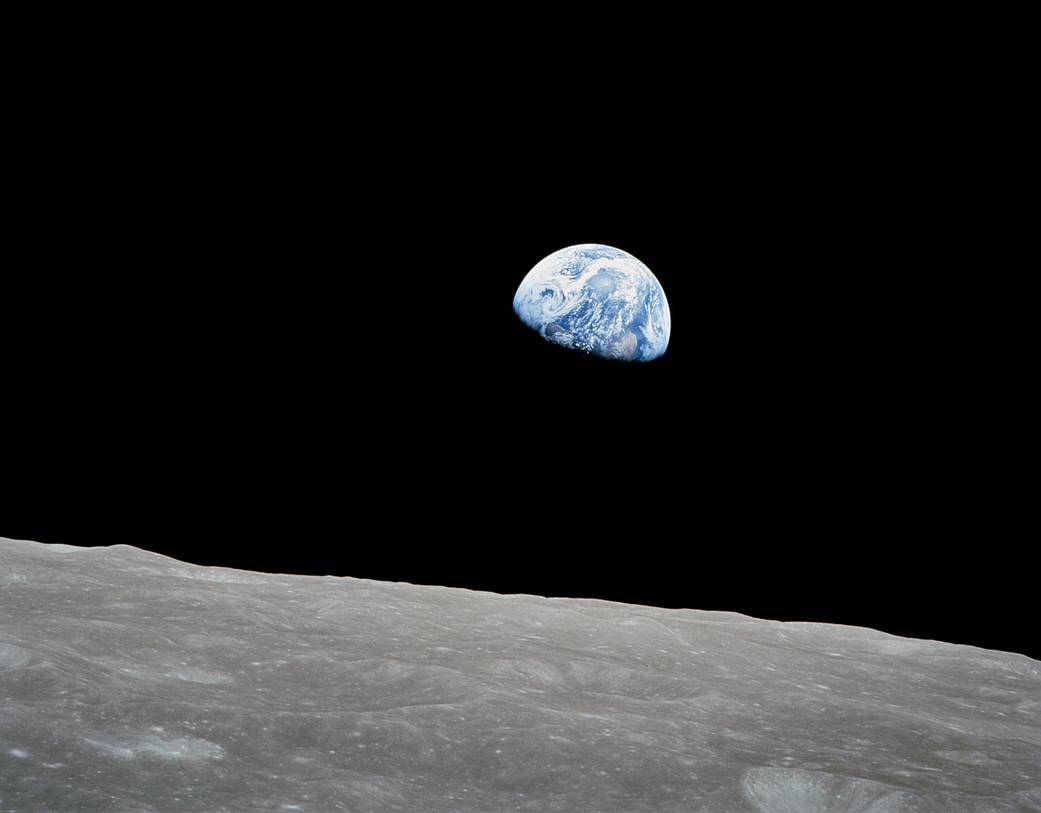Lunacy, Part V
So, call this my "Book of Lunesis" (moon creation) story. First, some facts about our skyward companion. It's the fifth largest satellite in the Solar System. It floats about 238,900 miles from Earth. The lunar orbit runs about 27.3 days. During this period, according to Interesting Engineering, we "see the Moon in four different shapes according to what percentage of
its surface is sunlit in the course of its orbit around the Earth": new moon, first quarter, full moon, and last quarter. Besides affecting the tides, the Moon steadies the Earth's axial tilt. Without it, we would have no seasons and more extreme weather, including more frequent ice ages.

Thanks to the moon rocks brought back by Apollo crews, we know that the Moon formed about 4.5 billion years ago (for fun, watch this cool NASA video). How did this happen? Here are the leading theories:
- "Giant Impact Hypothesis" -- Earth was struck by a Mars-size "protoplanet" and the resulting debris and vapor eventually coalesced into the Moon.
- "Not So Giant Impact Hypothesis" -- Gazillions of smaller rocks hit the Earth and created the same effect.
- "Capture Theory" -- The Moon was "a rocky wandering body that was captured by the Earth's gravitational force as it passed near."
- "Fission Theory" -- The Moon broke away from the Earth at the beginning of the Solar System when the Earth was spinning much faster (three to four hours for a full rotation).
- "Co-Accretion Theory" -- The Moon and Earth formed independently at the same time.
The giant impact idea is the most popular one among scientists for various plausilunarity reasons, that is, the facts and observations seem to make it the most plausible.
Of course, I have my own theory for how the Moon came into being. The word "moon" has been a "common shape metaphor" for buttocks since the mid-1700s. The verb "to moon" has been in use since the 1600s when, as it does today, mooning, or "displaying one's buttocks by removing clothing," meant bending over and aiming your "moon" at an intended target "to express protest, scorn, or disrespect" or as a form, be it to shock or joke, of exhibitionism.

In Norse mythology, there is a tribe of beings called "giants." Unlike the Norse gods, who were "innangard" ("within the enclosure" or orderly, law-abiding, and civilized), the giants were "utangard" ("beyond the enclosure" or chaotic and anarchic in nature). Being the "bad boys" (and "bad girls"), they were, the giants took every opportunity that came up to moon the orderly inhabitants of Asgard (the aforementioned enclosure). One day, Odin, the Norse headman of Asgard, had enough. He waited until the giants had formed up for their nightly mooning (usually at or shortly after sundown) and when they turned, dropped their drawers (or whatever giants wear), and bent over, Odin swooped in, swiped all their cheeks, mashed them all together into a ball, and tossed it into the sky. So from that day forward, the giants had to go buttless into that good night. But, of course, much to Odin's chagrin, the giants got, and are still getting, the last laugh. We still get mooned every night (and sometimes day). One can imagine them, if they were still with us today, guffawing and pointing and shouting, as the French in Monty Python's Holy Grail so delicately put it, "We STILL fart in your general direction!"
(First image: December 24, 1988 "Earthrise" taken by Apollo 8 astronaut Bill Anders. NASA. Public domain. Second image: Illustration of a woman raising her dress and mooning a nun, 1905. Public domain.)

Comments
Post a Comment